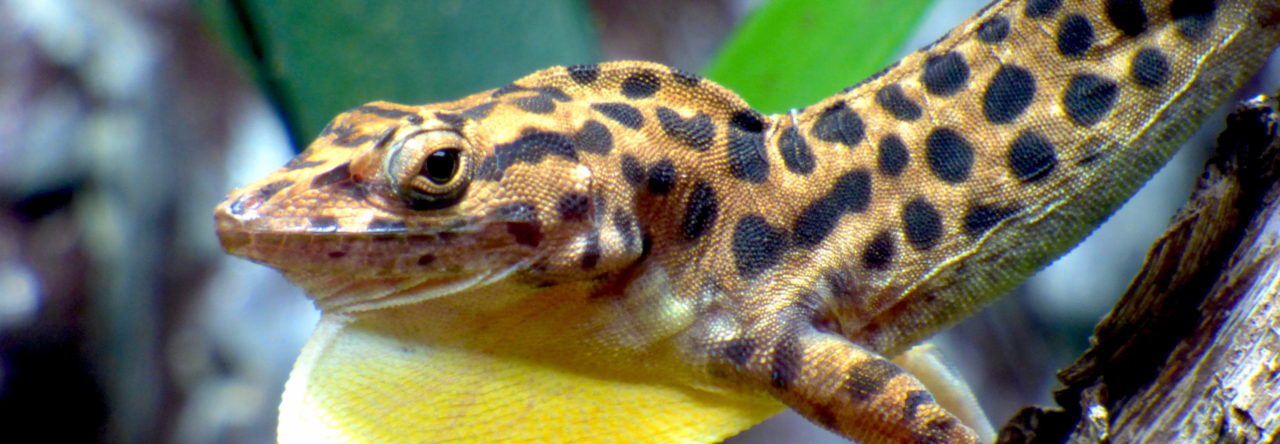Over the years, Anole Annals has featured several posts on the appearance of anoles on postage stamps from countries around the world (e.g., 1, 2, 3), mostly thanks to Uwe Bartelt. Now AA stalwart George Gorman has taken up the mantle.
In reference to the stamps above, George writes:
“Djibouti, on the Horn of Africa somehow must have learned from P.T. Barnum that there’s a sucker born every minute. As a collector of anoles on postage stamps , I couldn’t refrain from purchasing this recent issue that featured two very classy anoles: Anolis gorgonae and A. proboscis (male and female). I would bet there aren’t five people in Djibouti who have ever heard of these species, let alone who worry that they are endangered.”
And with regard to the famous iguana ecomorph (below), George writes: “I had enough trouble dealing with Dactyloa and “Norops” and the like… but this is getting out of hand. This mini-stamp- sheet from Nevis .. (ok.. it is labeled “reptiles of the Caribbean”) identifies the creature as…Anegada Ground Iguana, Cyclura pinguis!”
Finally, I can’t keep from reprising a post of mine from nine years ago, in which I point out that one of my photographs was used without permission on a postage stamp. Anyone know a good anole intellectual property attorney?













![Anolis landestoyi (2 of 2) [image] | EurekAlert! Science News](https://i0.wp.com/www.eurekalert.org/multimedia/pub/web/117940_web.jpg?w=629&ssl=1)












